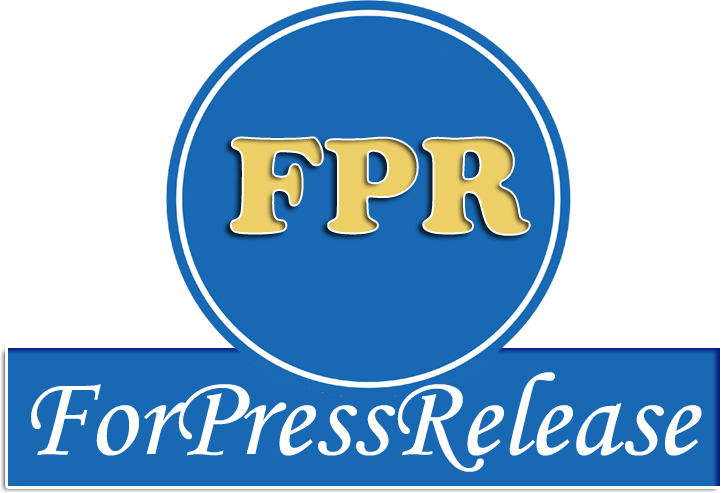- Webskitters Academy Introduces Advanced Blockchain Developer Course
- Southshore Dental Launches New Website Dedicated to Dental Implants
- Housing Guards Announces Expanded Inventory of Drywall Supplies in Uxbridge
- BML Munjal University institutes School of Liberal Studies Conversations organizes the Inaugural Edition on Hindi: Vaad-Vivaad-Samvaad
- Yashoda Hospitals, Hyderabad, Successfully Treats a 60-year-old from Bangladesh for Carcinoma Lung
- Creative Biolabs Introduces Innovative Antibody-Drug Conjugate Development Services
- Documentationconsultancy.com is Ready to Sell the CMMI V3.0 Documents Online for IT Industries
- Indian Car Owners and their expectations from political parties contesting the 2024 Lok Sabha elections
- CD BioSciences Announces Comprehensive Range of Nervous System Tissue Microarrays
- STEMart Announces Pilot Production Services for Medical Devices
- Royal Swiss Auto Services Debuts at Automechanika Riyadh 2024
- Creative Diagnostics Launches Comprehensive ELISA Based Assays for Vaccine Development
- Indian startup Niqo Robotics leads Asia in agricultural spot spraying and commercializes 90,000 acres
- Leoli Introduces Their Facade Collection With 6mm Slabs
- Elektrobit open-source breakthrough accelerates transition to software-defined mobility
 Mail to a Friend Mail to a Friend |
|
     |
Toronto Property Management firm charged in recent fatal high-rise fire - National Life Safety Group

It is alleged in this case, that Property Management failed to ensure building supervisory staff were instructed in fire emergency procedures as described in the building?s ?Approved? Fire Safety Plan ? before being given responsibility for fire safety of the residents.?
Fire Safety Plans are a requirement for almost all buildings under both National and Provincial Fire Codes, be approved by the authority having jurisdiction; in most cases this would be the local fire service ? In this case involving Toronto.
A well prepared Fire Safety Plan is designed to be both a tactical reference document for use by Firefighters, and onsite building supervisory staff. The plan describes occupant safety procedures in the event of a fire, guidance and instruction in effective use of the buildings fire safety features, building critical infrastructure information and is used as a consistent standard for occupant and supervisory staff (First Responders) training. It is important that an experienced consultant, specializing in Fire Safety is retained so that the best practices in emergency management are also applied to the building fire safety plan.
It is this training of Supervisory Staff that must be completed, as per the Ontario Fire Code, before being assigned any duties as a concierge, security, property manager or Superintendent. The training must not be generic in scope, and should be site specific as required. Upon completion, this training must be documented.
In this case, TCHC faces a maximum fine of $100,000 for each of the two charges received.
Clear and concise tools such as use of life safety systems, smoke control, floor drawings, isolation points for sprinklers, HVAC, gas and electrical can decrease response times and contribute to firefighter safety and enhanced occupant safety. The ease of access to this site specific information is often through the trained building supervisory staff, when firefighters arrive on site. Although the information is found in the plan, Supervisory staff must know this information, and be prepared to assist Firefighters upon their arrival.
Building Supervisory Staff should be knowledgeable on the following information contained in building Fire Safety Plans;
Appointment, Organization & Responsibilities of Supervisory Staff ? What is my role?
Facility Resources & Tactical Critical Infrastructure Information ? What?s in my building?
Emergency Procedures ? Procedures for everyone in the building, including cleaning personnel.
Specific Instructions for Supervisory Staff
Specific Procedures For Tenants / Residents
Persons Requiring Assistance During Evacuation
Hazardous Materials / Chemical Spill Procedures ? Including any hazardous materials stored onsite.
Alternative Measures & Life Safety System Failure Procedures ? What to do in the event one system fails.
Control of Fire Hazards & Fire Prevention.
Life Safety Systems Preventative Maintenance Requirements
Detailed procedures: Fire Drills Preplanning, Response & Recovery
Fire Watch Procedures
Use / Location of tactical Drawings / floor plans
Building management and supervisory personnel must know the details of the Fire Safety Plan and be able to implement it in the event of a fire. The Fire Code requires the owner to be responsible for carrying out the provisions for fire safety, and defines ?owner? as any ?person, firm or corporation controlling the property under consideration?.
For more information please check out: http://www.nationallifesafetygroup.ca
See the news article here;
Company :-National life safety Group
User :- National Life Seafty Group
Email :-stjasonreid@gmail.com
Phone :---
Mobile:- -
Url :- www.nationallifesafetygroup.ca









